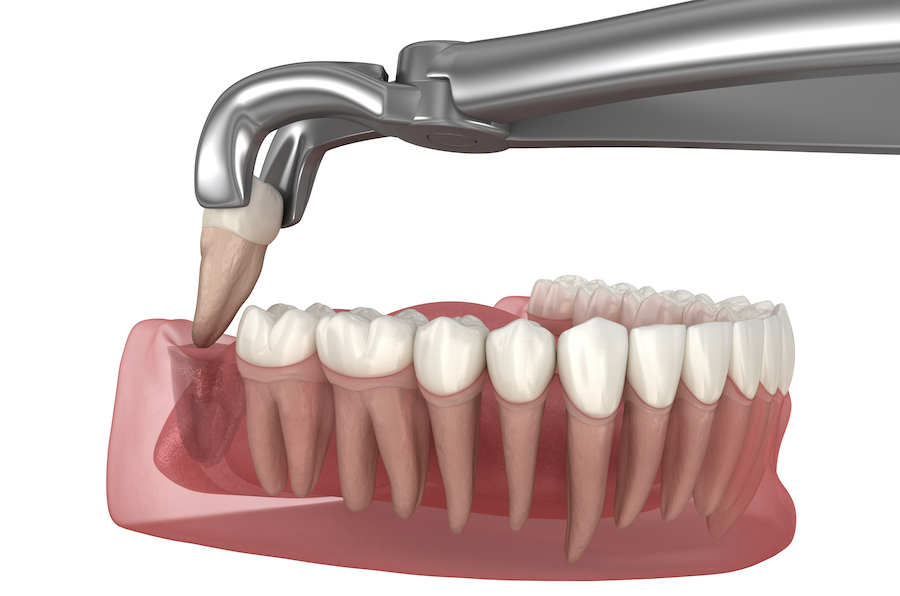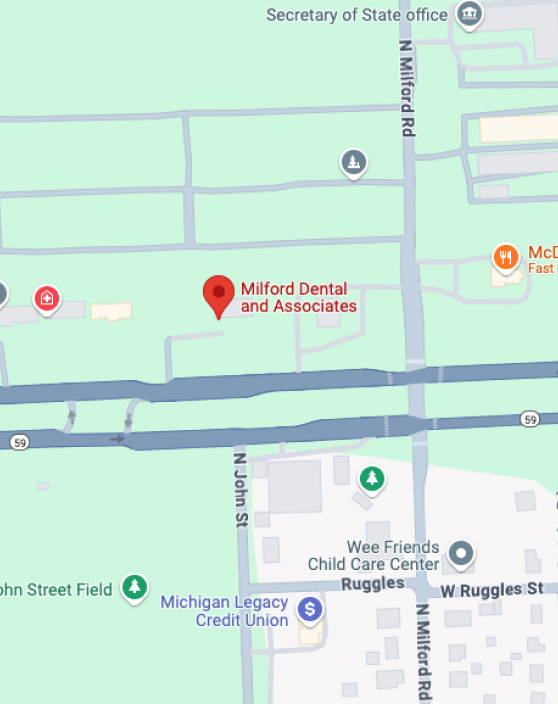
“Wisdom teeth,” the commonly used term for your third set of molars, typically make their grand entrance in late adolescence or early adulthood. These late bloomers can be quite the troublemakers, often leading to dental issues in cases where the jaw lacks adequate space. When this happens, the teeth may become impacted, causing inflammation and infection. Let’s explore types of wisdom tooth extraction.
The Two Main Types of Wisdom Tooth Extraction
When wisdom teeth decide to be a bit unruly, there are two main extraction methods to the rescue: simple extraction and surgical extraction. Let’s explore these two approaches that help keep your oral health on track.
Simple Extraction: The Less Dramatic Exit
Simple extraction is like a straightforward guest leaving a party: no fuss, no muss. This method is perfect for wisdom teeth that have fully emerged and are ready to leave without a struggle. The process involves numbing the area with local anesthesia and then gently evicting the tooth using dental instruments.
Surgical Extraction: The More Complex Goodbye
Surgical extraction is reserved for those wisdom teeth that are playing hide-and-seek, either partially or fully submerged in the jawbone. This procedure might need a stronger anesthetic, so think of arranging a post-op ride home. It involves making an incision in the gum to access the tooth, sometimes even breaking it into smaller pieces for easier removal. Expect this goodbye to be a bit more involved, with some discomfort as a parting gift.
Wisdom Tooth Extractions in Rochester Hills & St. Clair Shore, MI
If your wisdom teeth are starting to feel like uninvited guests, chatting with your dentist is the first step towards relief. At Hillstream Dental, we’re all about guiding you through whether you need a simple wave goodbye or a more involved farewell to your wisdom teeth.
Looking for top-notch wisdom tooth care or a new dental home? Give Hillstream Dental a call! Our team is eager to welcome you with open arms and expert care.
Contact Us
 Rochester Hills Location: 2565 S. Rochester Rd.
Rochester Hills Location: 2565 S. Rochester Rd.
 St. Clair Shores Location: 31850 Harper Ave
St. Clair Shores Location: 31850 Harper Ave
 Milford Location: 192 Highland Rd
Milford Location: 192 Highland Rd